 Abraham Lincoln
If given the truth, the people can be depended upon to meet any national crisis...
Abraham Lincoln
If given the truth, the people can be depended upon to meet any national crisis...
 Guildford news...
for Guildford people, brought to you by Guildford reporters - Guildford's own news service
Guildford news...
for Guildford people, brought to you by Guildford reporters - Guildford's own news service
Five Steps You Can Take to Make Your Garden a Wildlife Haven
Published on: 29 Apr, 2021
Updated on: 2 May, 2021
 What’s going on in your garden? You can help Surrey Wildlife Trust with their online survey whether you’re a complete beginner to an advanced gardener, and in just a few minutes find out how your garden scores for wildlife.
What’s going on in your garden? You can help Surrey Wildlife Trust with their online survey whether you’re a complete beginner to an advanced gardener, and in just a few minutes find out how your garden scores for wildlife.
The survey, backed by Frances Tophill, author and BBC Gardener’s World presenter, measures gardens on five essential features, food, shelter, water, connectivity between gardens and natural solutions. Every type of garden, small to large, can help restore wildlife in their street.
Frances said: “The survey shows just how easy it is to encourage more wild and wonderful creatures into gardens. If we do a little bit less in our gardens, we can do so much more for declining insects and wildlife.
“Less mowing, less weeding and more thought about how our gardens connect to the wider landscape can help wildlife thrive.”
The number one tip is to just add water to your garden. The next is to leave a patch to grow wild with weeds and long grass. Helping in #NoMowMay is one of the best things gardeners can do to help wildlife flourish.
Give the lawn mower a rest for a month and the longer grass will soon become a rich habitat for insects and spiders which all kinds of birds will love too, hopping around to find tasty insect snacks.
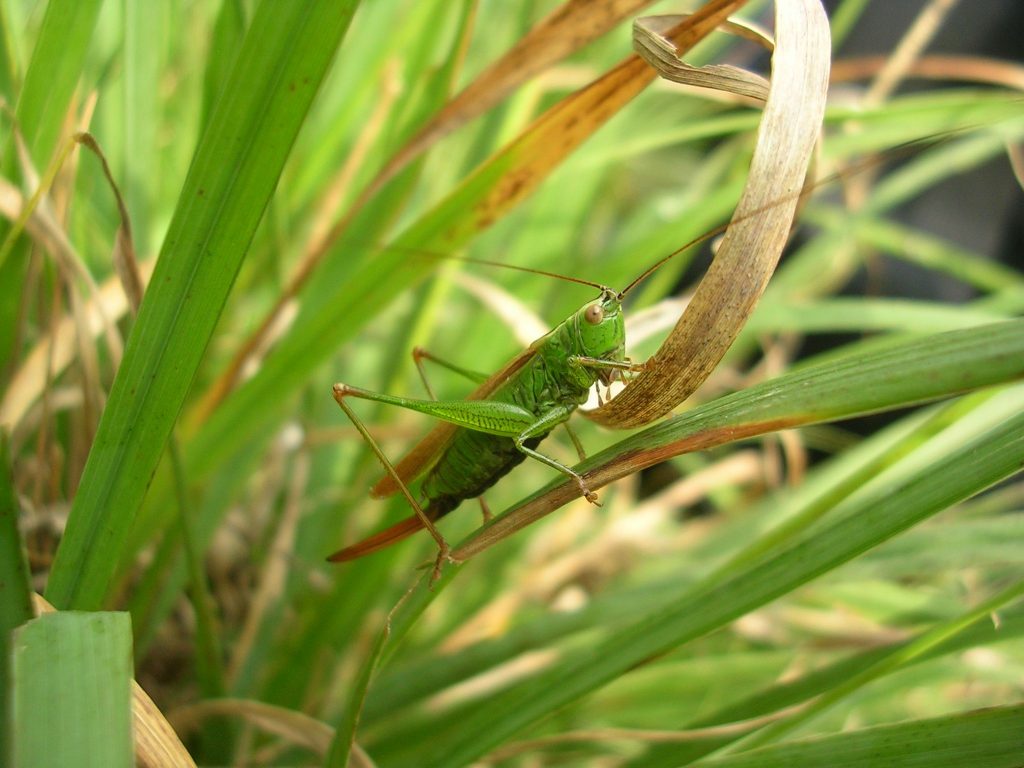
Insects can be fascinating like this long-winged conehead cricket that can be found from July. Its soft, hissing ‘song’ is barely audible to humans. – Photo Rachel O’Hara
Claire Gibbs, award-winning principal ecologist at Surrey Wildlife Trust and judge for Gardener’s World Garden of the Year Awards for 2021, said: “New this year in the survey is a whole section on connectivity, focusing on the importance of wildlife moving within your garden and neighbouring gardens to travel down entire streets.
“Creating street-wide wildlife groups to encourage wildlife gardening and maybe some wildflower sowing on road verges is fun and builds a great community spirit.
“Everyone will enjoy the beautiful array of flowers and even more importantly it will enable wildlife to move and thrive.”
There are more than 20,000 hectares of gardens in Surrey, 12 per cent of the county. This is more than all of Surrey’s nature reserves put together, so gardens are vital to helping restore wildlife across our county.
The Trust’s wildlife gardening survey can be shared on social media and WhatsApp groups to encourage family, friends and neighbours to welcome more wildlife to their streets.
Why not share seeds, cuttings, wildlife gardening tips or even create a wildlife gardening group in your street?
Take the survey at www.surreywildlifetrust.org/wildlife-gardening-survey and download your free beetle and action for insects guide.
Surrey Wildlife Trust is offering an opportunity to find out more about wildlife gardening online, by email and also with a programme of free online talks. For more information visit www.surreywildlifetrust.org/events
Responses to Five Steps You Can Take to Make Your Garden a Wildlife Haven
Leave a Comment Cancel replyPlease see our comments policy. All comments are moderated and may take time to appear. Full names, or at least initial and surname, must be given.
Recent Articles
- Letter: Those in Elected Office Should Refrain from Deliberately Misleading the Public
- Cup Run Ends After City Fade in Second Half
- Press Regulator Condemns Behaviour of News Group Newspapers
- MP Says Raw Sewage Flooding Gardens is ‘Absolutely Disgusting’ – ‘Thames Water Must Stop It’
- Opinion: We Should Restore Clandon House
- Letter: Report on Councils’ Collaboration Benefits Has Been Over-hyped
- Council Tenants Unhappy With the Way GBC Handles Their Complaints
- Police Operation Puts Drug Gang Members Behind Bars
- Declaration Marks 750th Anniversary of a ‘Dark Day in Guildford’s History’
- Letter: For Democracy to Work We Need to Engage


Recent Comments
- Anthony Mallard on Opinion: We Should Restore Clandon House
- Heather Evans on Council Tenants Unhappy With the Way GBC Handles Their Complaints
- Michael Foster on Regulator Finds ‘Serious Failings’ in GBC’s Council Housing Safety Compliance
- Dave Middleton on Council Tenants Unhappy With the Way GBC Handles Their Complaints
- Jane Austin on Reported Council Collaboration Savings Contested By Opposition Councillors
- Andrew Few on Memories Of The Young Eric Clapton at Guildford’s Harvest Moon Club
Search in Site
Media Gallery
Dragon Interview: Local Artist Leaves Her Mark At One of England’s Most Historic Buildings
January 21, 2023 / No Comment / Read MoreDragon Interview: Lib Dem Planning Chair: ‘Current Policy Doesn’t Work for Local People’
January 19, 2023 / No Comment / Read MoreA3 Tunnel in Guildford ‘Necessary’ for New Homes, Says Guildford’s MP
January 10, 2023 / No Comment / Read More‘Madness’ for London Road Scheme to Go Ahead Against ‘Huge Opposition’, Says SCC Leader
January 6, 2023 / No Comment / Read MoreCouncillor’s Son Starts Campaign for More Consultation on North Street Plan
December 30, 2022 / No Comment / Read MoreCounty Council Climbs Down Over London Road Works – Further ‘Engagement’ Period Announced
December 14, 2022 / No Comment / Read MoreDragon Interview: GBC Reaction to the Government’s Expected Decision to Relax Housing Targets
December 7, 2022 / No Comment / Read MoreHow Can Our Town Centre Businesses Recover? Watch the Shop Front Debate
May 18, 2020 / No Comment / Read More




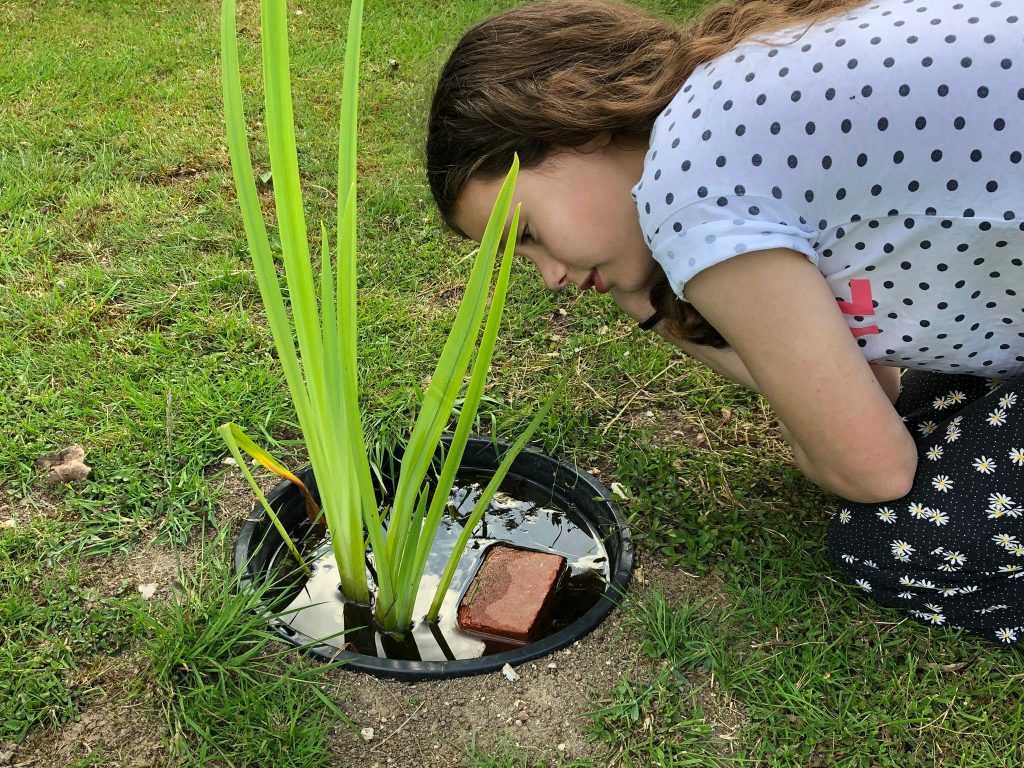
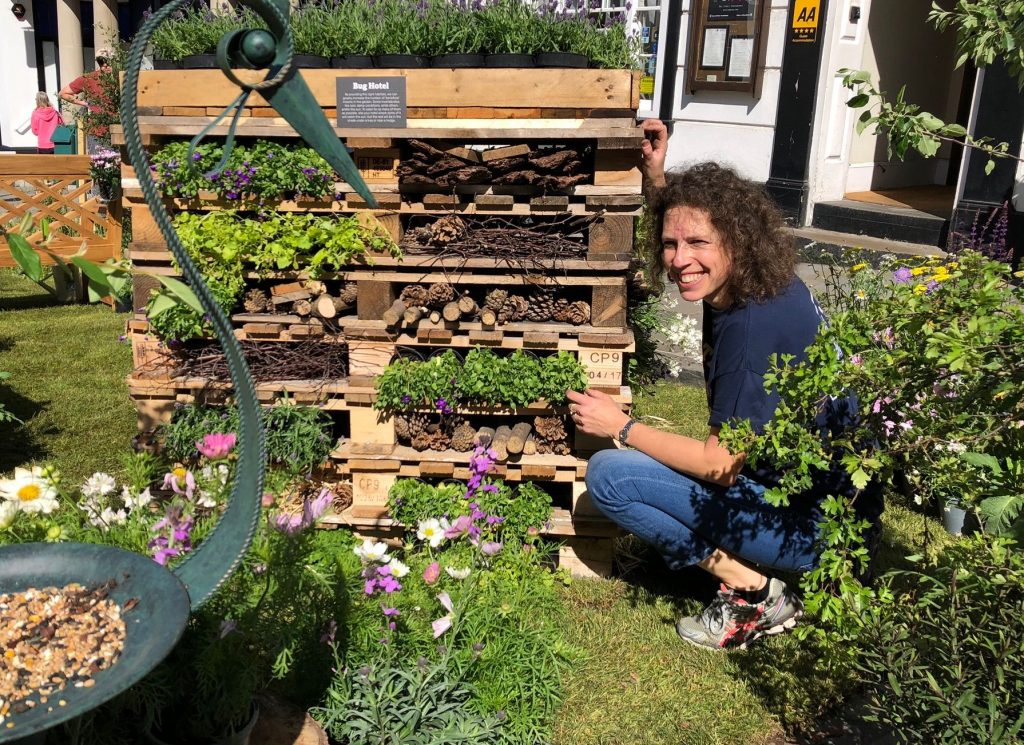
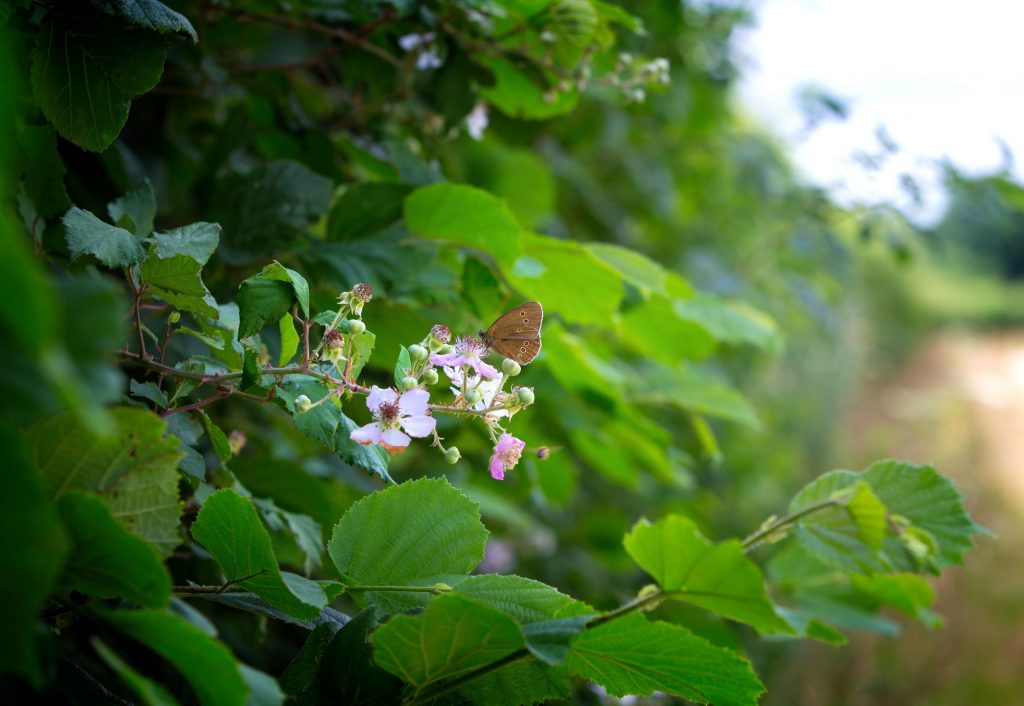

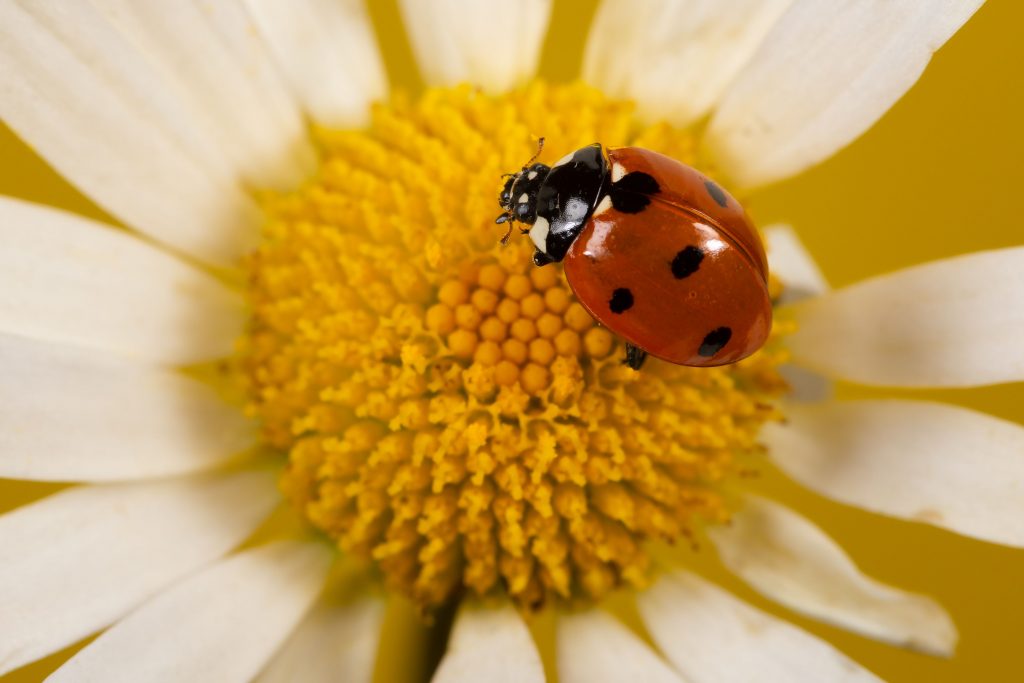






Harry Eve
April 29, 2021 at 9:48 pm
SMILE and MASK support this initiative (see comments on Tony Edwards Life in Solitary articles).